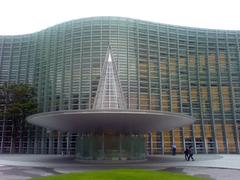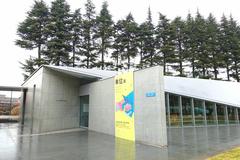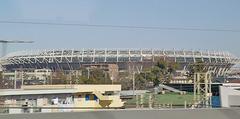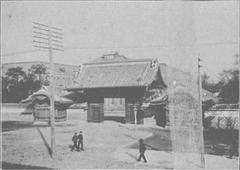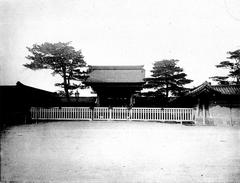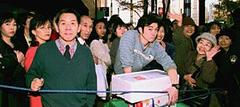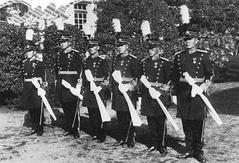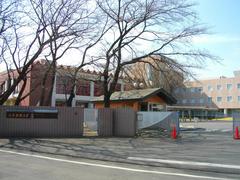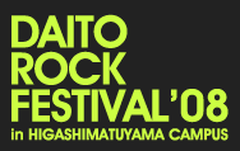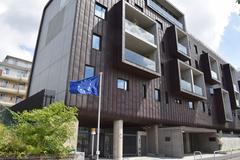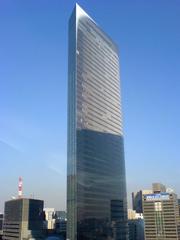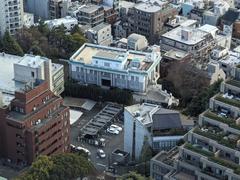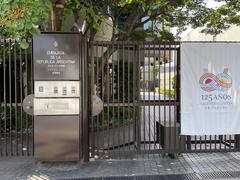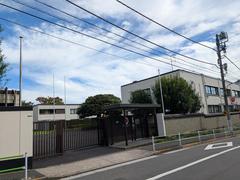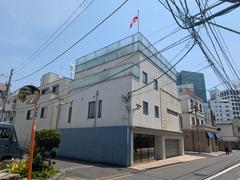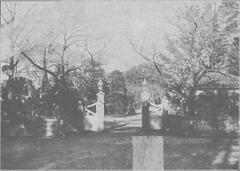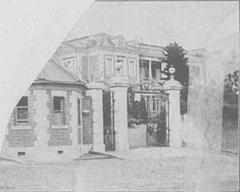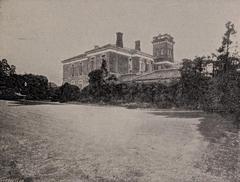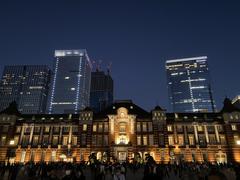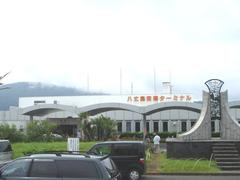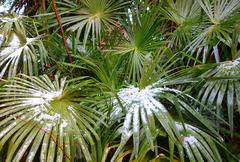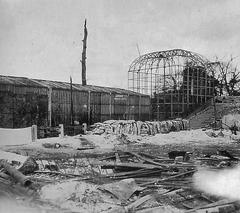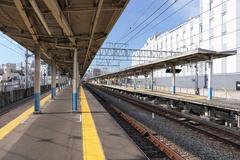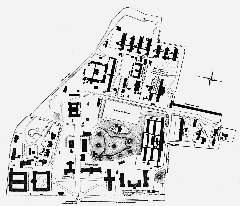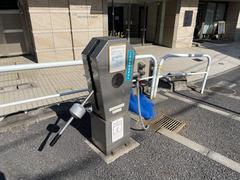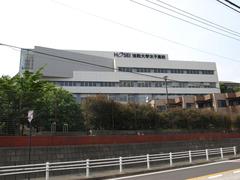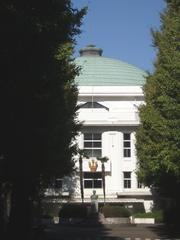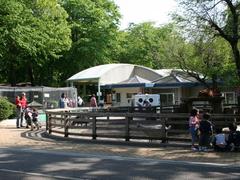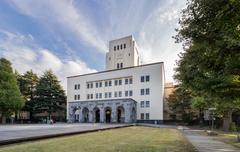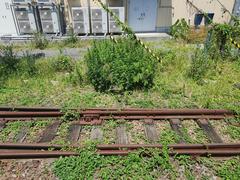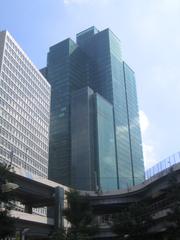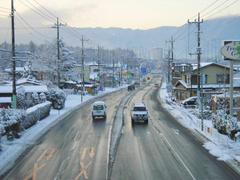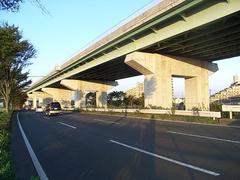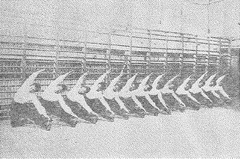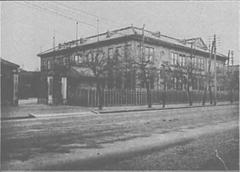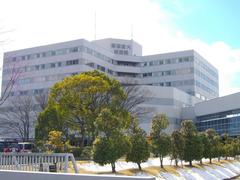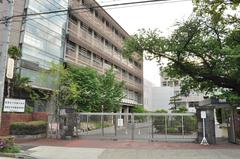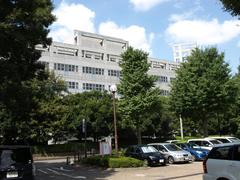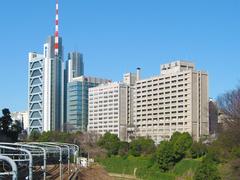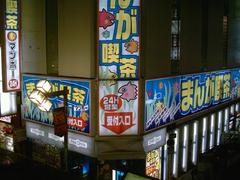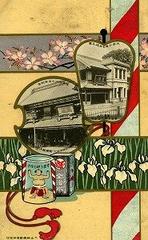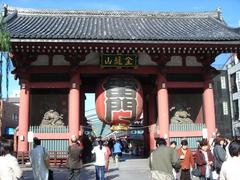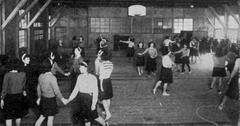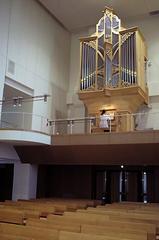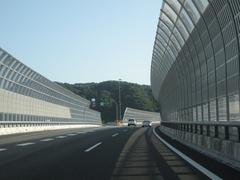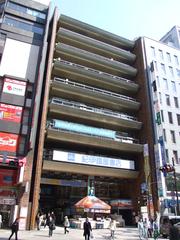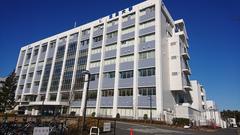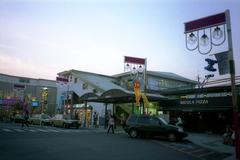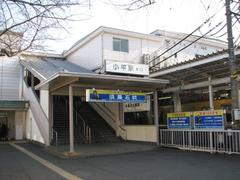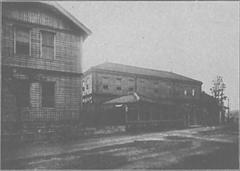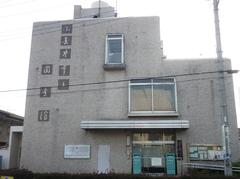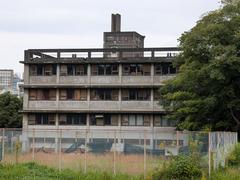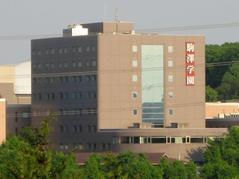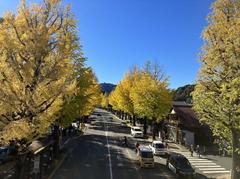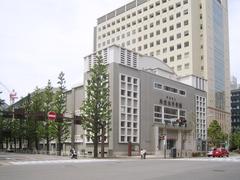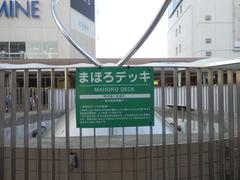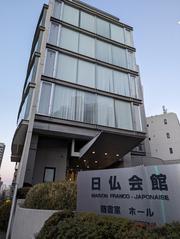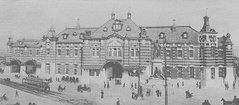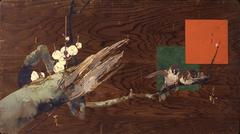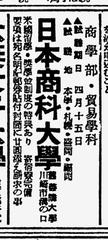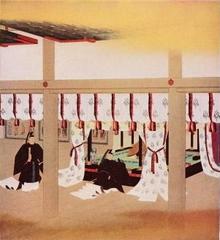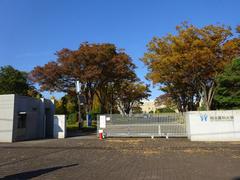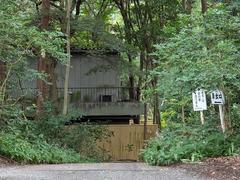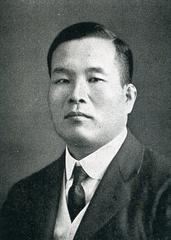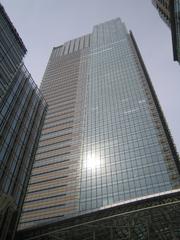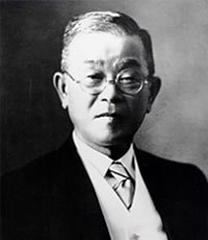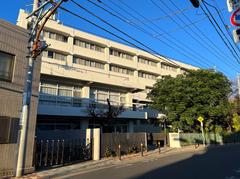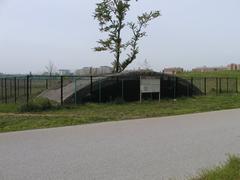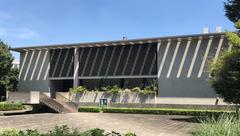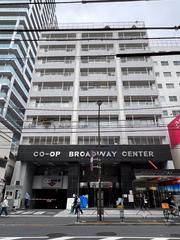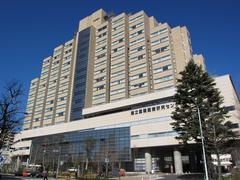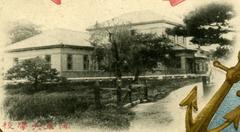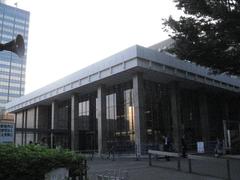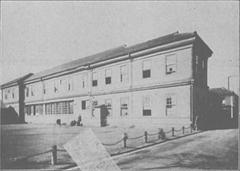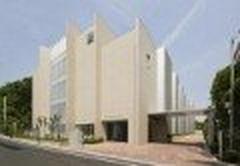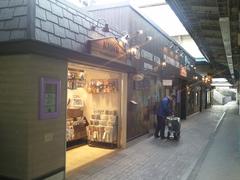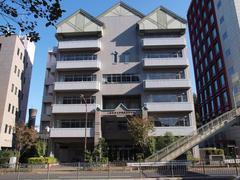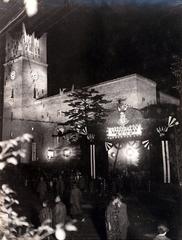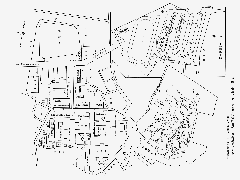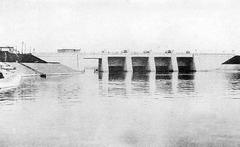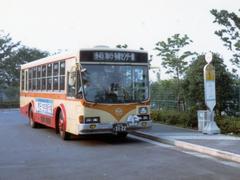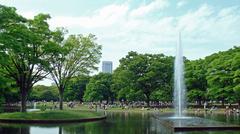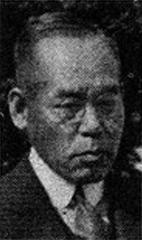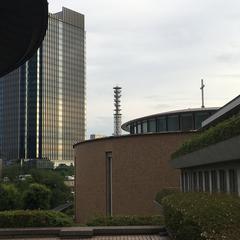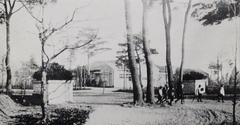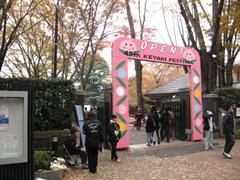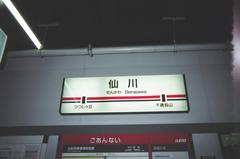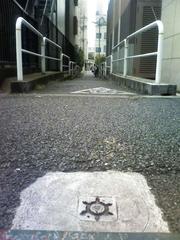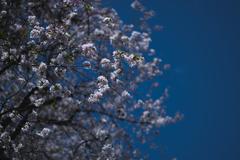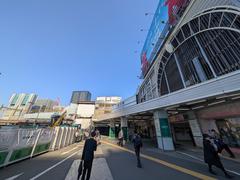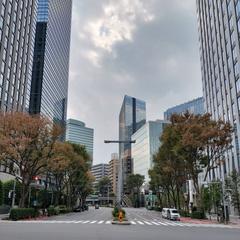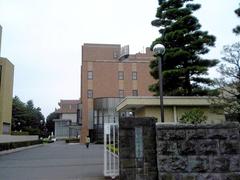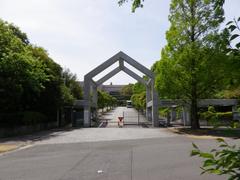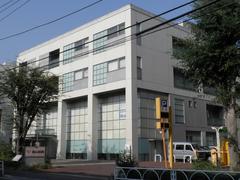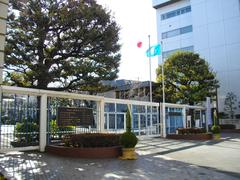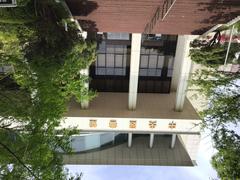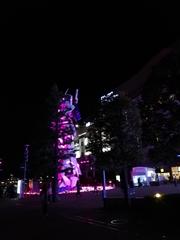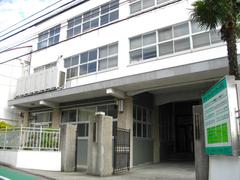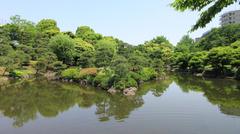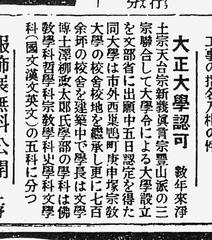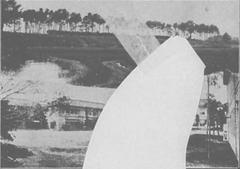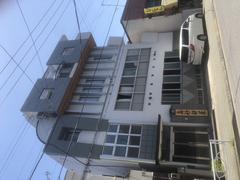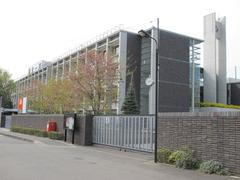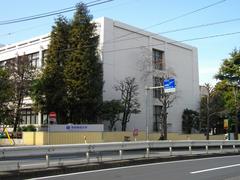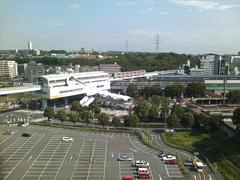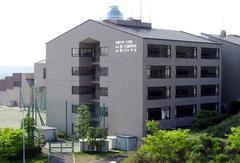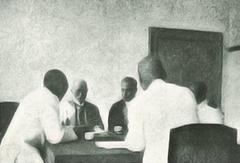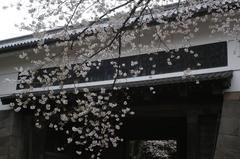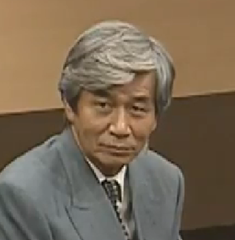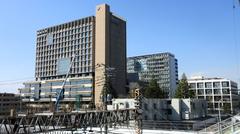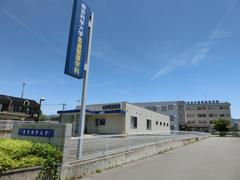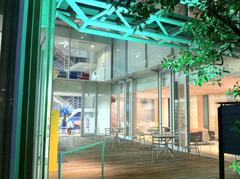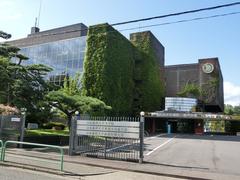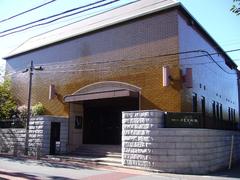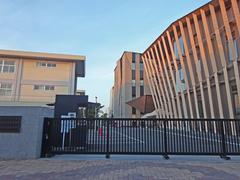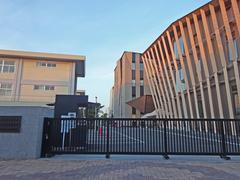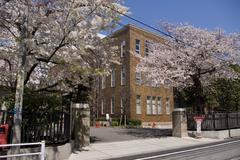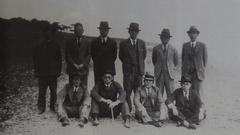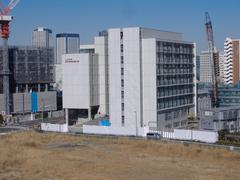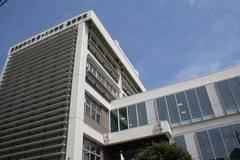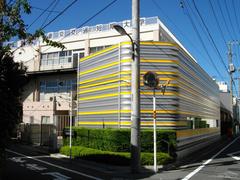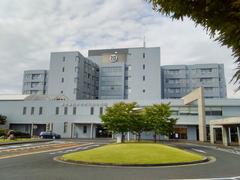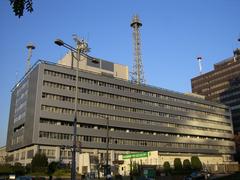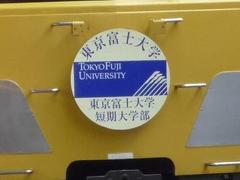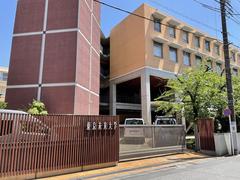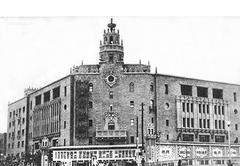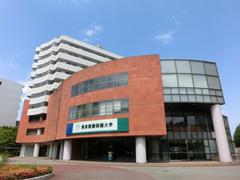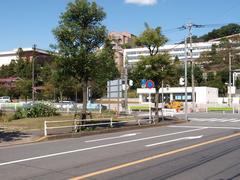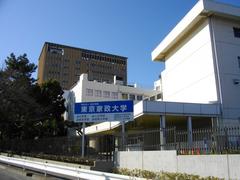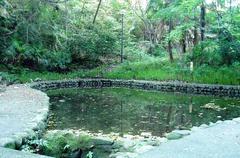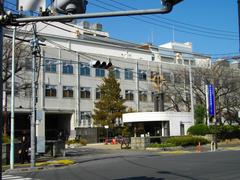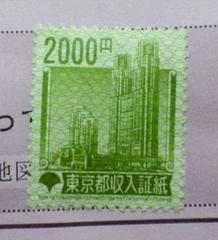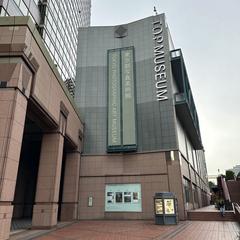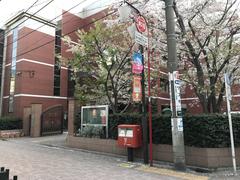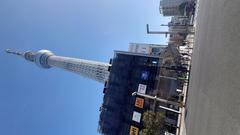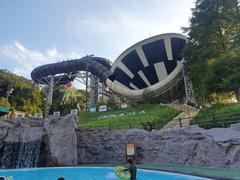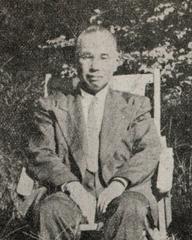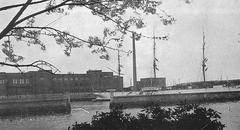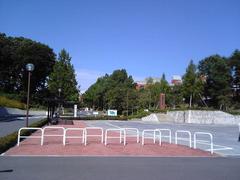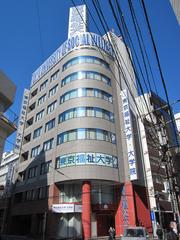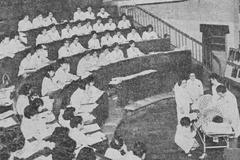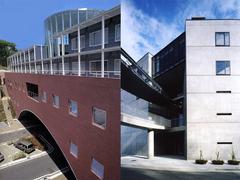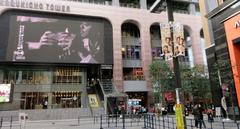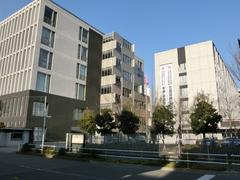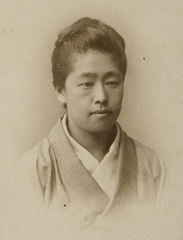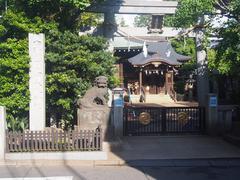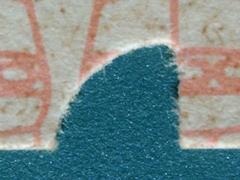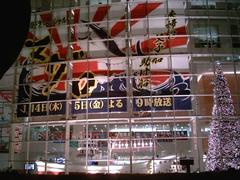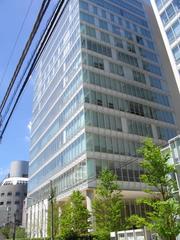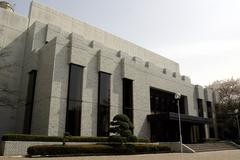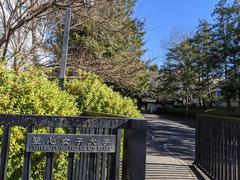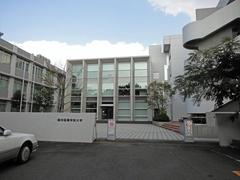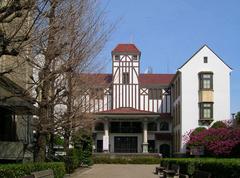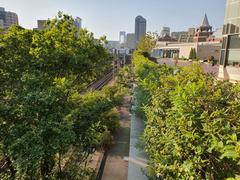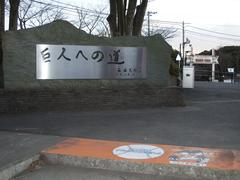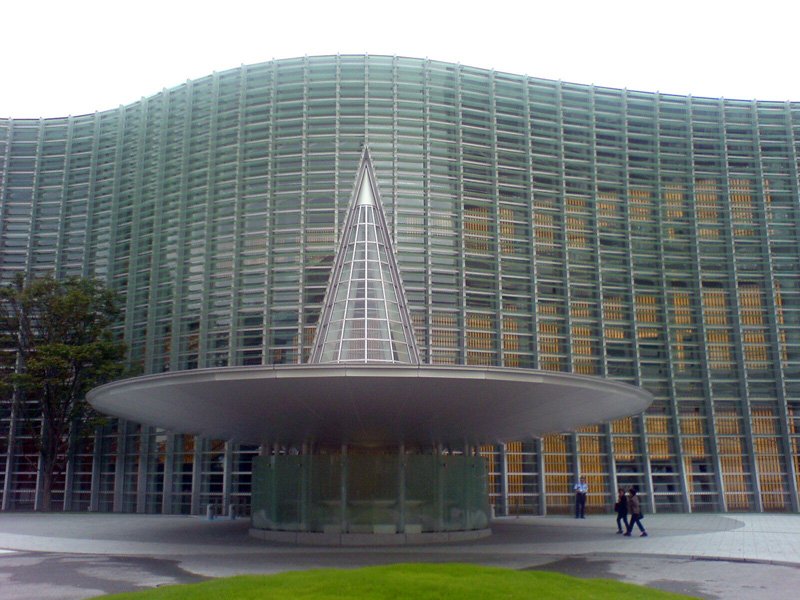
Comprehensive Guide to Visiting The National Art Center, Tokyo, Japan
Date: 17/07/2024
Introduction
The National Art Center, Tokyo (NACT) stands as a beacon of modern architecture and a testament to Japan’s dedication to artistic expression. Since its inauguration in 2007, NACT has carved a unique niche within the cultural landscape of Japan, distinguishing itself through its innovative approach to art exhibitions. Unlike conventional museums, the NACT does not maintain a permanent collection. Instead, it serves as a dynamic exhibition space that collaborates with museums, cultural institutions, and private organizations from around the globe to present a constantly evolving display of art forms. This distinctive model allows for an ever-changing tapestry of artistic creations, ensuring that each visit offers a fresh and engaging experience. Designed by the renowned architect Kisho Kurokawa, the building itself is an architectural marvel. Its undulating glass facade and organically shaped structure reflect the principles of the Metabolism movement, emphasizing the fusion of technology and organic growth. The transparency of the building symbolizes the museum’s openness to diverse artistic expressions and its desire to connect with the surrounding urban environment. This guide aims to provide a comprehensive overview of the NACT, covering its history, significance, visitor information, travel tips, nearby attractions, and more to help you plan an enriching visit to this iconic museum. (source).
Table of Contents
- Introduction
- History and Significance of The National Art Center, Tokyo
- A Museum Unlike Any Other
- Architectural Marvel
- Visitor Information
- Travel Tips
- Nearby Attractions
- Special Events and Programs
- A Catalyst for Artistic Dialogue
- A Legacy of Artistic Exploration
- A Symbol of Cultural Exchange
- Looking Ahead: A Continued Commitment to Artistic Innovation
- FAQ
- Conclusion
History and Significance of The National Art Center, Tokyo
Inaugurated in 2007, the NACT occupies a unique position within Japan’s cultural landscape, distinguishing itself from traditional museum models. It is known for its lack of a permanent collection, instead hosting a range of temporary exhibitions through collaborations with museums, cultural institutions, and private organizations both within Japan and internationally. This unique approach enables the NACT to present a constantly evolving tapestry of artistic creations, offering visitors a fresh perspective with each visit.
A Museum Unlike Any Other
The NACT is characterized by its lack of a permanent collection or in-house curators. Instead, it functions as a dynamic exhibition space, hosting a diverse range of art forms through collaborations with museums, cultural institutions, and private organizations. This innovative approach allows the NACT to showcase a constantly evolving tapestry of artistic creations, offering visitors a fresh perspective with each visit.
Architectural Marvel
The building itself is a work of art, designed by the renowned architect Kisho Kurokawa, a prominent figure in the Metabolism movement. This architectural movement, originating in Japan during the post-World War II era, emphasizes the fusion of technology and organic growth. The NACT embodies these principles through its striking facade composed of undulating glass and a sprawling, organically shaped structure that seamlessly integrates with its surroundings. The building’s transparency, achieved through the extensive use of glass, symbolizes the museum’s openness to diverse artistic expressions and its desire to connect with the surrounding urban environment.
Visitor Information
Visiting Hours: The museum is open from 10:00 AM to 6:00 PM, with the last admission at 5:30 PM. It is closed on Tuesdays and during the New Year holidays.
Tickets: Admission prices vary depending on the exhibition. General admissions typically range from 500 to 1,500 yen, with discounts available for students and seniors. Tickets can be purchased online or at the museum.
Accessibility: The NACT is fully accessible to visitors with disabilities, offering wheelchair rentals, accessible restrooms, and elevators.
Travel Tips
The National Art Center is located in the Roppongi district of Tokyo, easily accessible by public transportation. The nearest subway stations are Nogizaka Station (Chiyoda Line) and Roppongi Station (Hibiya and Oedo Lines).
Nearby Attractions
While visiting the NACT, consider exploring nearby attractions such as the Mori Art Museum, Tokyo Midtown, and the iconic Tokyo Tower.
Special Events and Programs
The NACT frequently hosts special events, guided tours, and workshops. Check their official website for the latest updates on upcoming events and programs.
A Catalyst for Artistic Dialogue
Since its inception, the NACT has played a pivotal role in fostering artistic dialogue and appreciation within Japan and beyond. The museum’s commitment to showcasing a wide array of art forms, from traditional Japanese art to cutting-edge contemporary installations, has broadened the horizons of countless visitors. By providing a platform for both established and emerging artists, the NACT actively contributes to the ongoing evolution of the art world.
A Legacy of Artistic Exploration
The NACT’s dedication to artistic exploration extends beyond its exhibition halls. The museum houses an art library with an extensive collection of art-related books and resources, providing a valuable resource for researchers, students, and art enthusiasts alike. Additionally, the NACT hosts a variety of educational programs, workshops, and lectures, further solidifying its commitment to fostering artistic understanding and appreciation among the public.
A Symbol of Cultural Exchange
The National Art Center, Tokyo, stands as a symbol of Japan’s commitment to cultural exchange and its recognition of the power of art to transcend borders. By collaborating with international institutions and showcasing art from around the globe, the NACT fosters cross-cultural understanding and appreciation. The museum’s presence in Tokyo, a global metropolis, further amplifies its role as a bridge between Japan and the international art world.
Looking Ahead: A Continued Commitment to Artistic Innovation
The National Art Center, Tokyo, continues to evolve and adapt to the ever-changing landscape of the art world. The museum’s commitment to innovation is evident in its exploration of new technologies and its dedication to showcasing emerging artistic practices. As the NACT moves forward, it remains dedicated to its mission of providing a platform for artistic expression, fostering cultural exchange, and inspiring audiences through the power of art.
FAQ
Q: What are the visiting hours for the National Art Center, Tokyo?
A: The museum is open from 10:00 AM to 6:00 PM, with the last admission at 5:30 PM. It is closed on Tuesdays and during the New Year holidays.
Q: How much do tickets cost?
A: Admission prices vary depending on the exhibition. General admissions typically range from 500 to 1,500 yen, with discounts available for students and seniors.
Q: Is the NACT accessible to visitors with disabilities?
A: Yes, the NACT is fully accessible, offering wheelchair rentals, accessible restrooms, and elevators.
Q: How can I get to the National Art Center, Tokyo?
A: The nearest subway stations are Nogizaka Station (Chiyoda Line) and Roppongi Station (Hibiya and Oedo Lines).
Conclusion
The National Art Center, Tokyo, is more than just a museum; it is a dynamic space that celebrates artistic diversity and fosters cultural exchange. By offering a platform for a wide array of art forms, from traditional Japanese art to cutting-edge contemporary installations, the NACT broadens the horizons of countless visitors. Its commitment to showcasing both established and emerging artists contributes significantly to the ongoing evolution of the art world. The museum’s innovative approach, architectural brilliance, and dedication to cultural dialogue make it a must-visit destination for art enthusiasts and cultural explorers alike. As the NACT continues to evolve, it remains steadfast in its mission to inspire audiences through the power of art and to foster a deeper appreciation for artistic expression. Whether you are an art aficionado, a researcher, or a casual visitor, the NACT offers a vibrant and enriching experience that transcends borders and connects cultures. Plan your visit today and immerse yourself in the vibrant world of art at The National Art Center, Tokyo (source).
